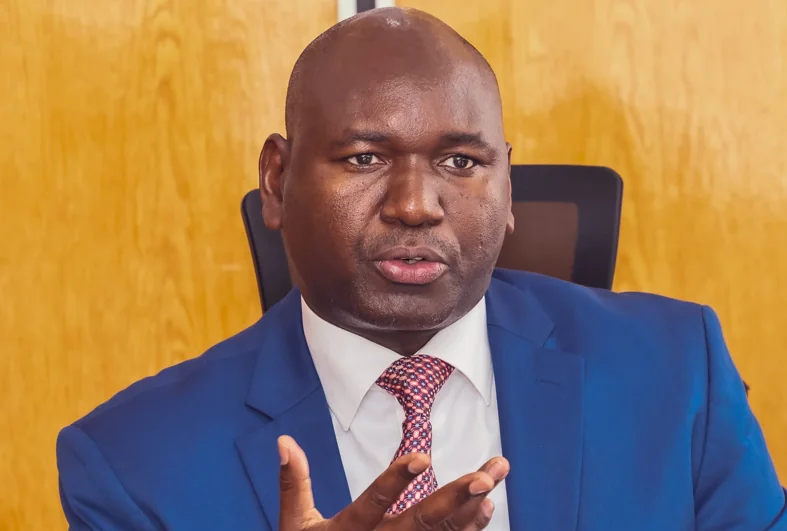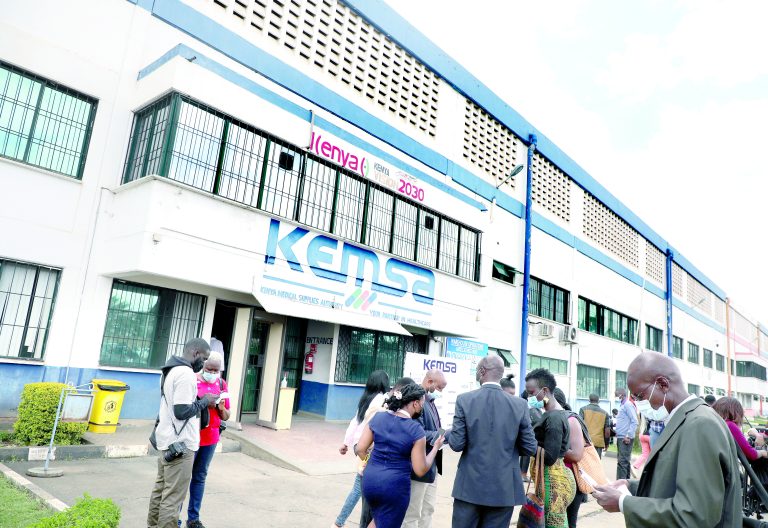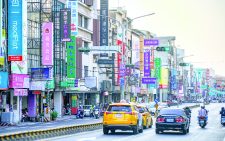Reconcile government spending with Kenya’s economic realities

Kenya’s status as a developing nation raises questions when examining the stark contrasts within its society. With 1.13 million children out of school and 40 percent of the population living below the poverty line, the nation’s economic reality contradicts the image presented by its ruling elite.
The recent proposal to increase parliamentary salaries from Sh725,502 to Sh739,600 monthly, alongside new vehicle funding, exemplifies this disconnect.
This occurs while many Kenyans struggle with rising living costs. The misuse of government vehicles and taxpayer funds by officials has become a common practice, with multiple vehicles often allocated to single officials for different purposes.
The tax situation also highlights these challenges. Of Kenya’s 56.4 million people, only six million are recognised taxpayers, with half employed in the formal sector. About 15 million informal workers remain uncovered. The government’s misappropriation of public funds contributes to tax evasion tendencies among those capable of paying.
Kenya’s reliance on international aid, particularly from the United States (contributing $1.68 billion annually), contrasts sharply with its government’s lavish spending. While officials enjoy increased benefits, many citizens struggle to survive, with some risking their lives seeking opportunities abroad.
— Surjit Singh Flora is a veteran journalist and freelance writer in Brampton, Canada












